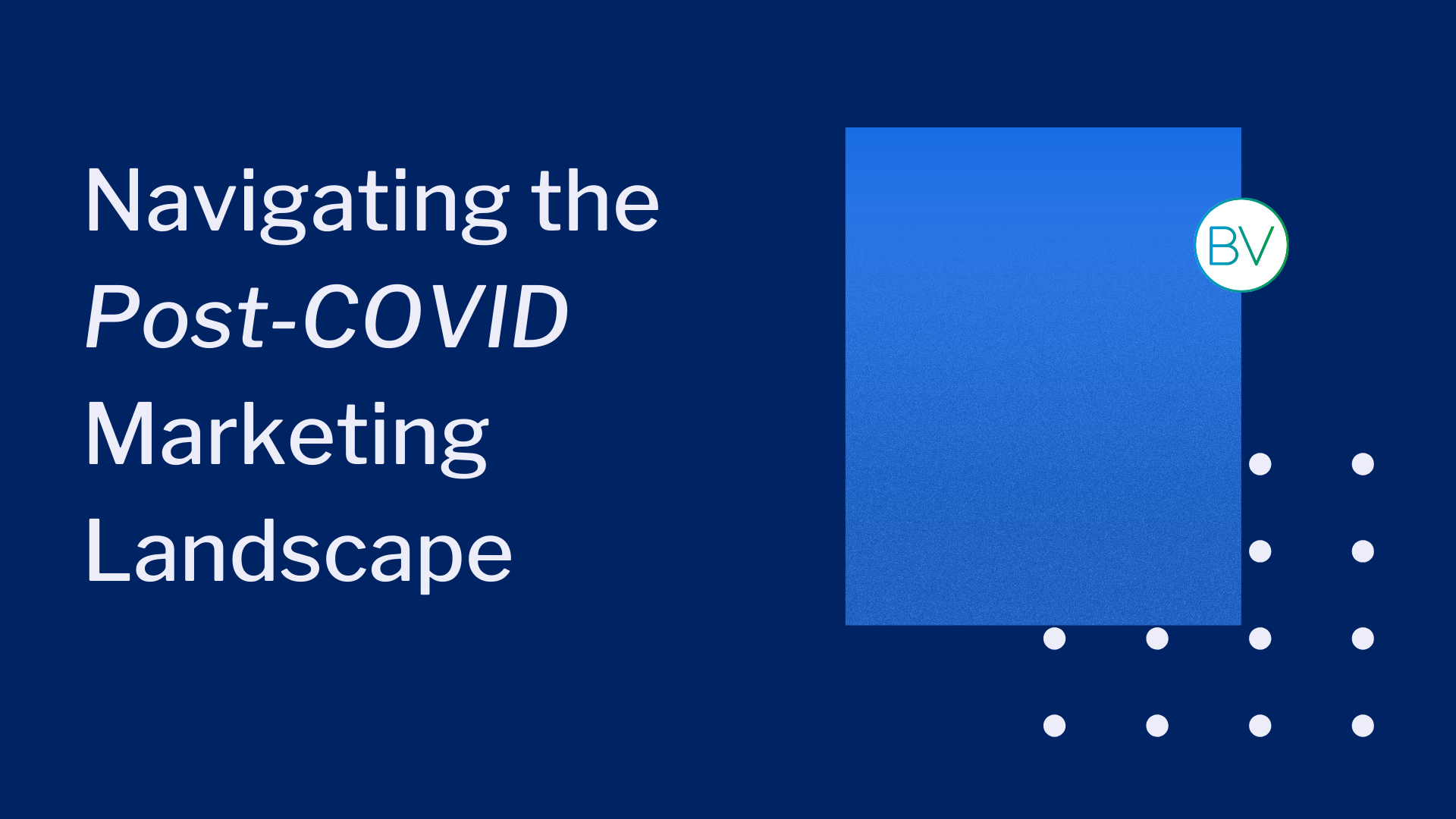I. Introduction
A. Impact of COVID-19 on marketing
The COVID-19 pandemic has profoundly reshaped the marketing landscape, prompting a seismic shift in consumer behavior and preferences. Lockdowns, social distancing measures, and economic uncertainties have accelerated digital adoption and transformed how businesses connect with their audiences. Traditional marketing channels have been upended, with a significant surge in online engagement and e-commerce. Moreover, the crisis has underscored the importance of empathetic and authentic communication, as consumers seek reassurance, connection, and relevance from brands amidst the chaos. As a result, marketers are facing unprecedented challenges in navigating this new terrain while simultaneously discovering opportunities for innovation and adaptation.
B. Need to adapt to post-COVID landscape
The need to adapt to the post-COVID landscape is paramount for businesses aiming to thrive in the evolving market environment. As the pandemic continues to influence consumer behaviors and reshape market dynamics, staying ahead requires a proactive approach. Adapting marketing strategies to meet changing consumer needs, leveraging digital platforms effectively, and fostering genuine connections with customers are essential. Those who embrace flexibility, innovation, and agility in their marketing efforts will be better positioned to navigate the uncertainties of the post-COVID world and capitalize on emerging opportunities
II. Shifts in Marketing
A. Changes in consumer behavior
Consumer behavior has undergone significant shifts in response to the COVID-19 pandemic. With lockdowns, social distancing measures, and economic uncertainties, consumers have adapted their spending habits, preferences, and priorities. There’s been a notable increase in online shopping, remote working, and digital entertainment consumption. Health and safety concerns have influenced purchasing decisions, with a growing emphasis on hygiene, wellness products, and contactless services. Moreover, there’s a heightened demand for authentic, purpose-driven brands that demonstrate empathy and understanding towards consumers’ evolving needs and challenges. Understanding these changes is crucial for businesses to tailor their marketing strategies effectively and remain relevant in the post-COVID landscape.
B. Accelerated digital transformation
The COVID-19 pandemic has accelerated the digital transformation of businesses across industries. With restrictions on physical interactions and a surge in online activities, organizations have rapidly adopted digital technologies to maintain operations, engage customers, and deliver products and services. This transformation encompasses various aspects, including e-commerce, remote work tools, virtual events, and digital marketing strategies. Companies that embrace and invest in digital innovation are better positioned to adapt to the changing landscape and meet the evolving needs of consumers in a post-COVID world.
C. Importance of empathy and authenticity
The importance of empathy and authenticity in marketing has become more pronounced in the wake of the COVID-19 pandemic. As people grapple with uncertainties and challenges, they seek genuine connections and support from brands. Empathetic marketing involves understanding and addressing customers’ concerns, emotions, and experiences with sincerity and compassion. Authenticity, on the other hand, entails staying true to brand values, maintaining transparency, and delivering on promises. Brands that demonstrate empathy and authenticity in their communications and actions build trust, loyalty, and positive relationships with consumers, ultimately driving long-term success in the post-COVID marketing landscape.
III. Navigating Strategies
A. Embrace digital-first approaches
Embracing digital-first approaches has become imperative in navigating the post-COVID marketing landscape. With the accelerated shift to online channels, businesses must prioritize digital strategies to effectively reach and engage their target audience. This entails leveraging various digital platforms, such as social media, e-commerce websites, mobile apps, and digital advertising, to connect with consumers wherever they are. By investing in digital technologies and tools, optimizing online experiences, and adopting data-driven insights, organizations can enhance their online presence, drive customer engagement, and ultimately achieve sustainable growth in the evolving digital ecosystem.
B. Prioritize customer-centricity
Prioritizing customer-centricity is essential for success in the post-COVID marketing landscape. As consumer behaviors continue to evolve, businesses must focus on understanding and meeting the changing needs, preferences, and expectations of their target audience. This involves adopting a customer-centric approach across all aspects of the business, from product development and marketing to sales and customer service. By gathering and analyzing customer data, soliciting feedback, and delivering personalized experiences, organizations can build stronger relationships with their customers, foster loyalty, and drive repeat business. Moreover, demonstrating empathy and actively listening to customers’ concerns and feedback will enable businesses to adapt and tailor their offerings to better serve their audience in the ever-changing market environment.
C. Maintain agility and adaptability
Maintaining agility and adaptability is crucial in the post-COVID marketing landscape, characterized by rapid changes and uncertainties. Businesses must be prepared to pivot their strategies quickly in response to shifting consumer behaviors, market trends, and external factors. This requires fostering a culture of innovation, flexibility, and continuous learning within the organization. By staying informed about emerging technologies, market developments, and competitive insights, businesses can proactively identify opportunities and challenges, allowing them to adjust their marketing tactics accordingly. Moreover, investing in scalable and agile marketing solutions, empowering cross-functional teams, and embracing experimentation and iteration will enable businesses to stay ahead of the curve and thrive in the dynamic post-COVID environment.
IV. Conclusion
As we navigate the post-COVID marketing landscape, it’s evident that businesses must adapt to the new realities shaped by the pandemic. The shifts in consumer behavior, accelerated digital transformation, and emphasis on empathy and authenticity present both challenges and opportunities for marketers. Embracing digital-first approaches, prioritizing customer-centricity, and maintaining agility and adaptability are key strategies for success in this evolving environment. By staying attuned to consumer needs, leveraging digital technologies effectively, and remaining responsive to changing market dynamics, businesses can position themselves for long-term growth and resilience. Ultimately, those that embrace innovation, foster genuine connections with their audience, and remain agile in their approach will thrive in the post-COVID era.


Leave a Reply